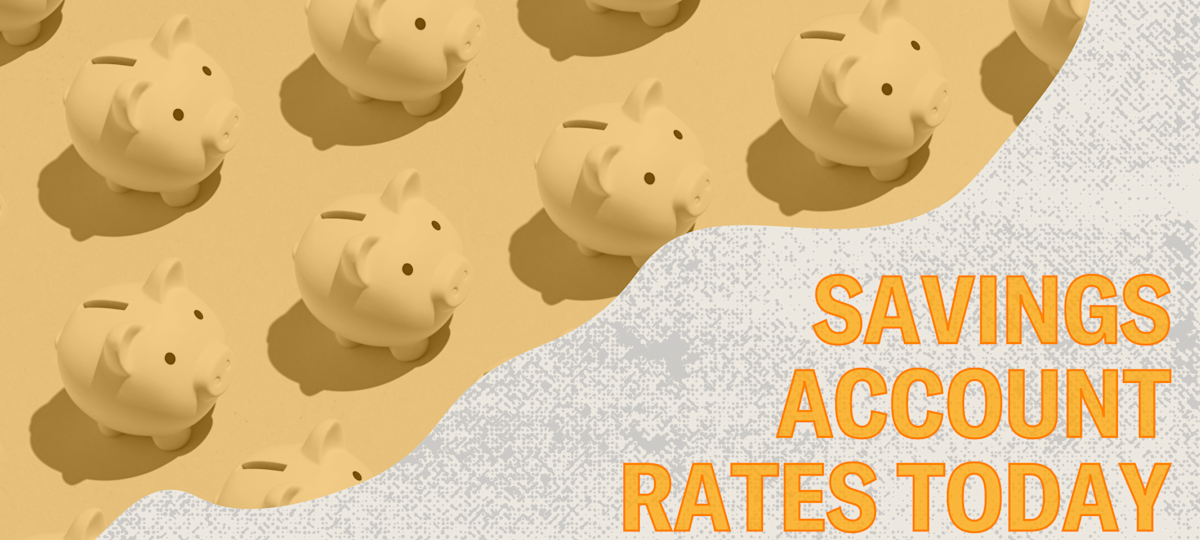Why online banks top the tables
Digital-only banks operate without branch networks, significantly reducing overhead. Lower operating costs translate into higher deposit rates and fewer fees for customers. Many providers also waive minimum balance requirements, making high-yield accounts accessible to savers who prefer starting with small amounts.
Credit unions, which are member-owned cooperatives, present another competitive option. Although membership criteria can include geographic or employment-based eligibility, several national credit unions accept nearly anyone who meets basic identification standards. These institutions often match online bank rates while adding in-person service for members who value branch access.
Safety and liquidity considerations
Savings accounts remain one of the safest vehicles for cash storage. Deposits at banks are insured by the FDIC, while credit union holdings are protected by the National Credit Union Administration. In both cases, individual balances up to $250,000 per depositor, per institution are covered against failure.
Liquidity is another advantage. Unlike certificates of deposit (CDs) or certain money market accounts that limit withdrawals, high-yield savings accounts typically allow unlimited transfers to checking or external accounts. This flexibility is attractive for goals that require quick access, such as emergency funds, home down payments, or upcoming travel expenses.
When a savings account may not be enough
For long-term objectives like retirement or college funding, market-linked investments—stocks, index funds, and diversified mutual funds—historically generate higher returns than any deposit account can match. Even with rates near 4.36% APY, inflation and opportunity cost can erode purchasing power over multi-decade horizons. Financial advisers generally recommend combining a high-yield savings balance for short-range needs with a broader investment portfolio for extended time frames.
Shopping tips for savers
Because yields shift frequently, consumers are encouraged to compare offers before committing. Key factors to review include:
- APY: Ensure the quoted rate applies to the full balance and is not a limited-time promotional tier.
- Fees: Monthly service charges, excessive transactions, or paper statement fees can reduce net earnings.
- Access: Confirm the institution supports mobile check deposit, external transfers, and real-time balance alerts.
- Compounding frequency: Daily compounding maximizes growth compared with monthly or quarterly schedules.
Most providers allow prospective customers to complete the entire application online, requiring only a Social Security number, a valid government-issued ID, and an external funding source such as an existing checking account.
While the interest-rate cycle appears to be trending downward, current yields remain historically elevated. Savers who prioritize capital preservation and easy access can still secure earnings far above the national average by choosing an account that aligns with their financial goals and usage patterns.
For additional guidance on everyday money management and recent banking trends, visit our Finance News Update section.
Image credit: Yahoo Finance



